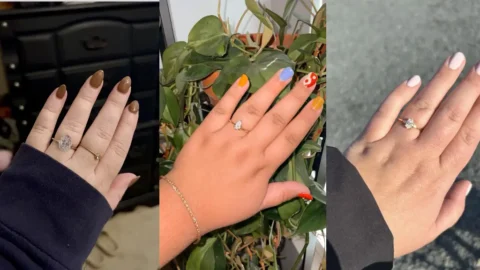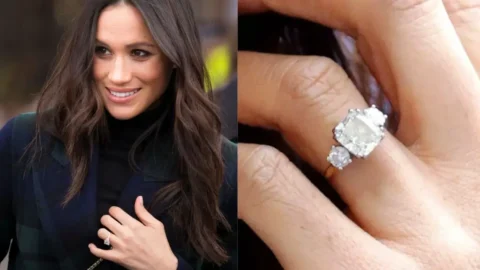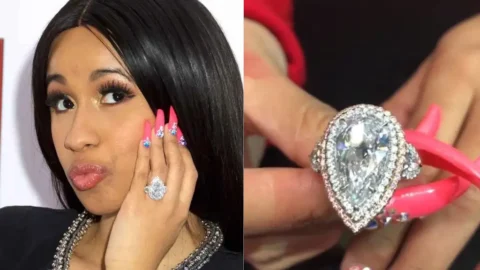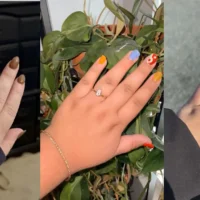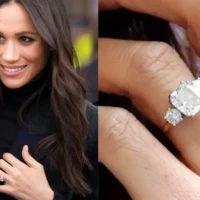Gold has been a symbol of wealth, love, and purity for thousands of years. But if you’ve ever browsed through gold jewelry collections—especially at KRK Jewels—you might notice that not all gold is the same yellow. Some pieces radiate a rich, deep tone, while others are subtler and paler. So, what makes some gold more yellow than others?
The answer lies in the gold’s purity, the metals it is alloyed with, the karat level, and even finishing techniques. In this guide, we’ll explore what causes gold’s color variations and help you understand how to choose the right yellow gold for your preferences.
Understanding Gold Purity and Color
Pure gold, or 24 karat gold (24K), is naturally bright and rich in its yellow hue. However, pure gold is soft and not durable enough for most types of jewelry. That’s why it’s often mixed with other metals (called alloys) to enhance its strength and wearability.
When gold is alloyed with other metals, its natural yellow tone changes. These alloys affect the intensity and warmth of the gold, making it appear brighter, duller, or even rose or white in tone.
Karat Levels and Their Color Impact
Gold’s purity is measured in karats (K). The higher the karat, the purer and more yellow the gold. Here’s a breakdown of common karat levels and how they affect gold’s color:
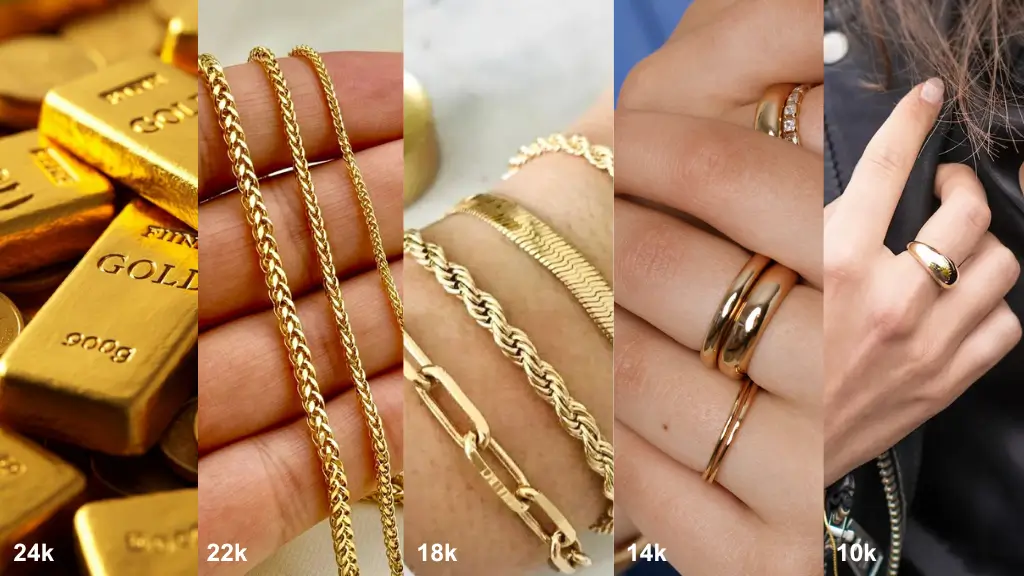
| Karat | Gold Purity | Common Appearance |
|---|---|---|
| 24K | 99.9% Pure Gold | Deep, bright yellow |
| 22K | 91.6% Gold | Warm, rich yellow |
| 18K | 75% Gold | Soft yellow, more subtle |
| 14K | 58.5% Gold | Pale yellow, durable |
| 10K | 41.7% Gold | Light yellow, more silver-toned |
As you move from 24K to 10K, the gold content decreases, and the amount of alloy metals increases, resulting in a less yellow appearance.
The Role of Alloy Metals
To make gold more practical for everyday wear, jewelers combine it with stronger metals like copper, silver, nickel, palladium, or zinc. These metals not only enhance strength but also influence the final shade of yellow.
Here’s how common alloy metals affect gold’s color:
Copper: Adds warmth, enhancing the yellow tone or creating a reddish tint.
Silver: Dilutes the yellow color, making the gold appear lighter.
Nickel or Palladium: Used more for white gold, but in small amounts, they can also lighten yellow gold.
Zinc: Often added to balance the overall tone.
The more copper used, the warmer and deeper the yellow hue. The more silver or nickel, the lighter or duller the yellow becomes.
Why Does 22K Gold Look More Yellow?
In many parts of the world—especially in India, the Middle East, and Southeast Asia—22K gold is the gold standard for wedding and ceremonial jewelry. It contains fewer alloy metals than 18K or 14K gold, so the yellow is more vibrant and traditional.
At KRK Jewels, our high-karat collections are prized for their authentic gold tone, which holds both emotional and investment value.
Is Yellow Gold the Same Everywhere?
Not exactly. Yellow gold can look different from country to country, depending on regional preferences and alloy recipes:
Indian & Middle Eastern gold tends to have a richer yellow hue (22K or 24K).
American and European gold jewelry is often made with 14K or 18K gold, giving it a softer, subtler yellow tone.
That’s why a 14K gold ring from one country might appear more muted compared to a 22K gold necklace from another.
How Finishing Affects Gold’s Appearance
Even after the gold is alloyed and cast into jewelry, its surface finish can influence how yellow it looks:
High-polish finish: Enhances shine and makes gold look more vibrant.
Matte or brushed finish: Softens the color and reduces brightness.
Hammered or textured finishes: Can create depth and variation in how yellow the gold appears.
Gold plating: Sometimes used to mimic higher-karat gold. Over time, plating may fade, revealing the base metal, which may not be yellow at all.
If you’re buying plated gold, it may initially look bright but fade with wear, unlike solid gold, which retains its natural color.
Yellow Gold vs. Other Gold Colors
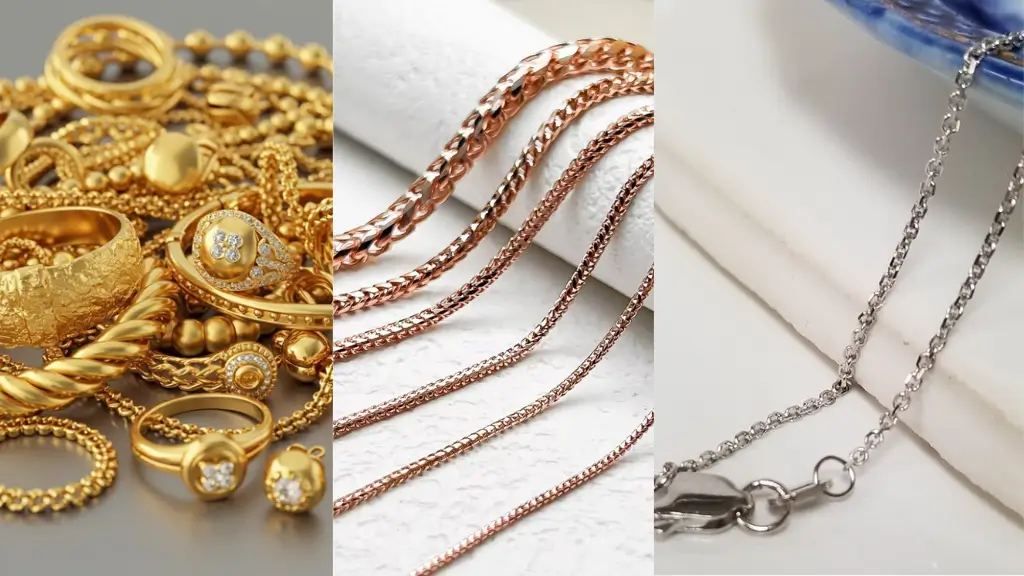
It’s also important to note that yellow gold is just one of the three most popular gold types used in jewelry. The other two are:
White Gold: Made by alloying gold with white metals like nickel or palladium, then rhodium-plated for a silvery finish.
Rose Gold: Made by mixing gold with a high percentage of copper, resulting in a romantic pink hue.
Yellow gold remains the most classic and timeless choice, especially when its rich hue is preserved with minimal alloying.
Which Yellow Is Right for You?
When choosing gold jewelry, it’s not just about the style—it’s about the shade of gold that suits you best:
24K or 22K gold: Perfect for those who love traditional, rich yellow tones.
18K gold: Offers a balance between purity and durability, ideal for modern fine jewelry.
14K gold: Great for everyday wear, more affordable, and has a subtle yellow tone.
10K gold: Strongest and most budget-friendly, though the yellow is much lighter.
At KRK Jewels, we offer a curated selection of yellow gold jewelry across various karat levels to match your taste and lifestyle.
Conclusion
So, why is some gold more yellow than others? The answer comes down to the gold’s karat level, alloy composition, regional standards, and finishing techniques. Whether you prefer the bold glow of 22K or the understated elegance of 14K, understanding these differences helps you choose gold jewelry that aligns with your style and values.
At KRK Jewels, we’re committed to offering only the finest gold, crafted with precision, passion, and a deep respect for tradition. From timeless yellow gold engagement rings to everyday essentials, we’re here to help you shine in your favorite shade of gold.



